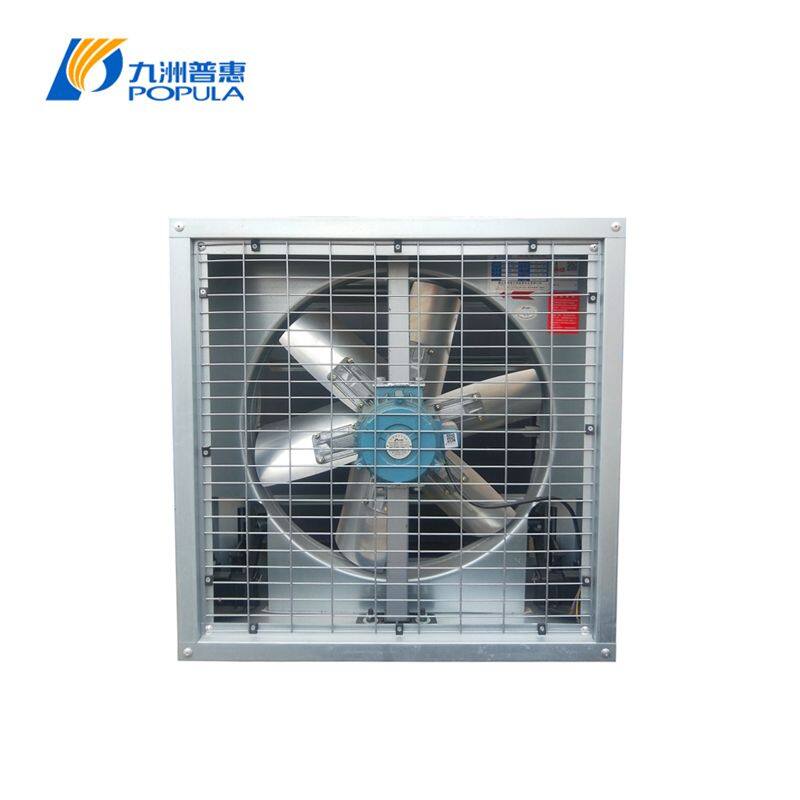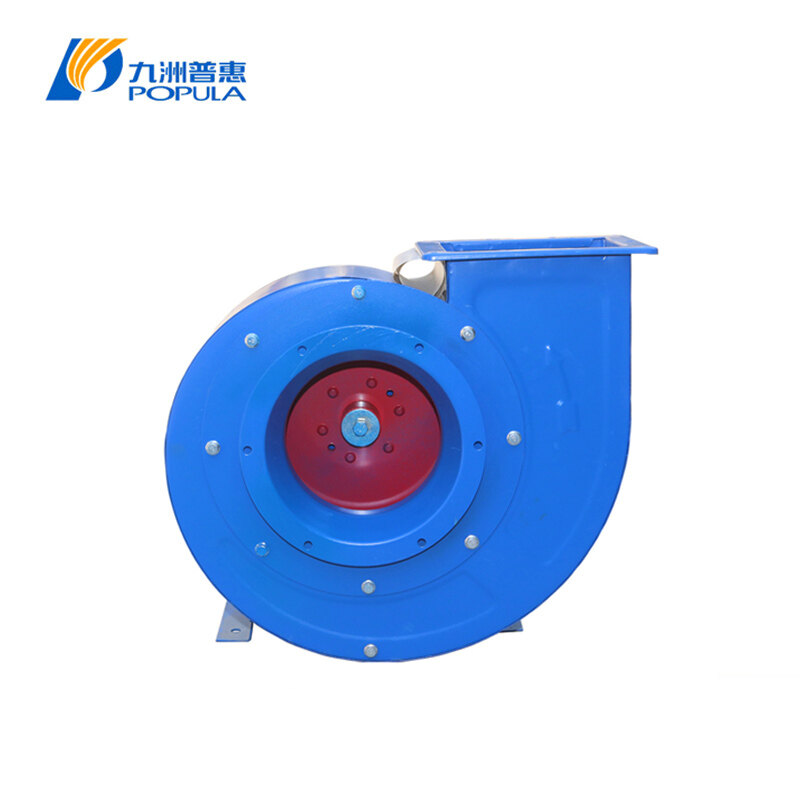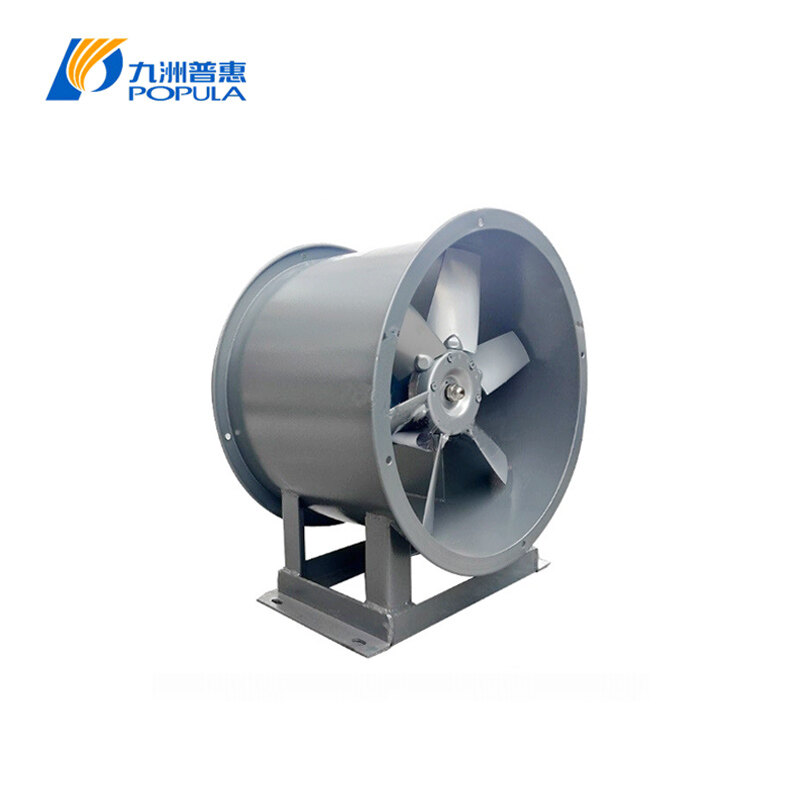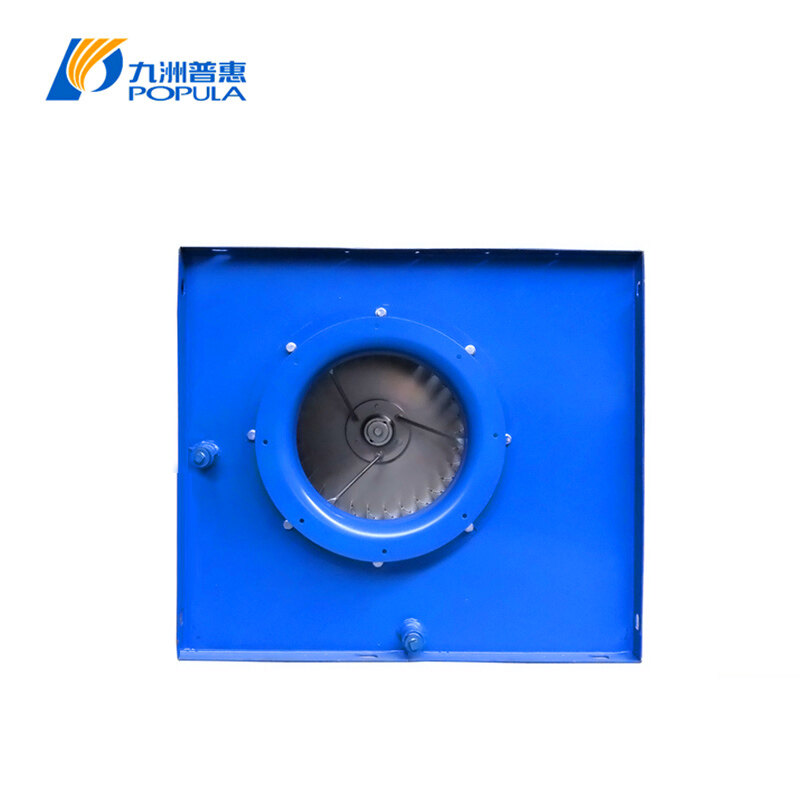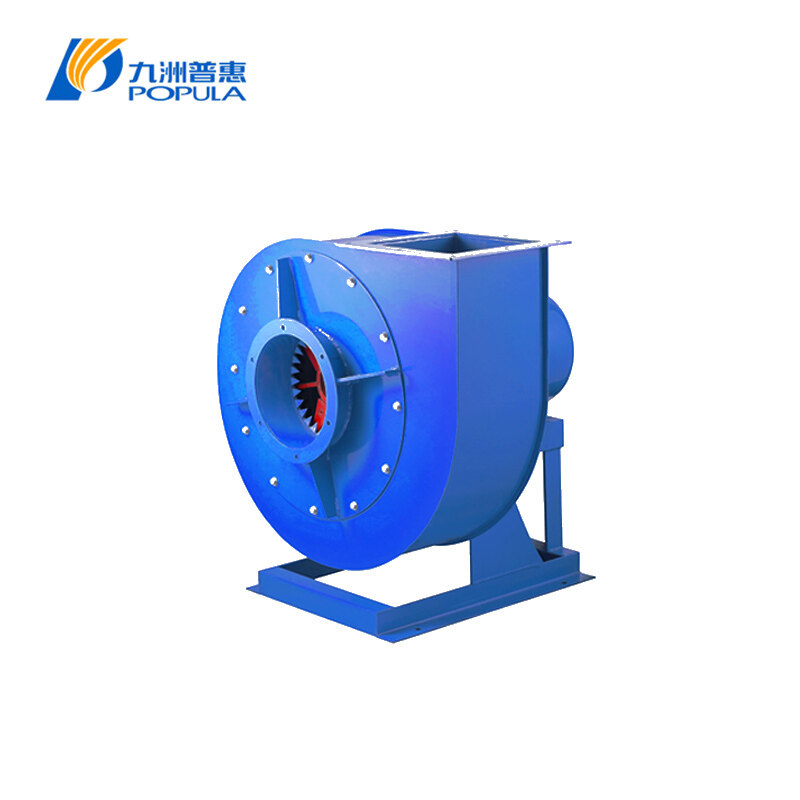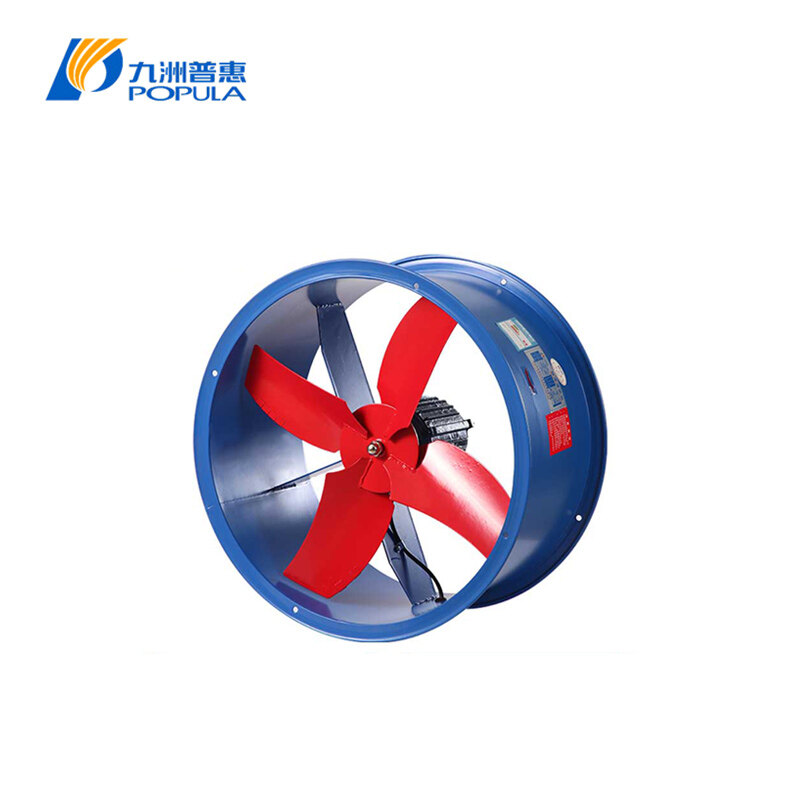Imagine stepping into your attic on a sweltering summer day, only to be greeted by a wave of stifling heat. This scenario is all too common for homeowners without proper attic ventilation. Attic fan ventilation systems are vital to home comfort, playing a crucial role in maintaining a pleasant indoor environment and protecting your home's structural integrity.
The Importance of Attic Ventilation
Attic ventilation is often overlooked, but its impact on your home's overall comfort and energy efficiency cannot be overstated. Proper airflow in your attic is essential for regulating temperature, reducing moisture buildup, and preventing a host of potential issues that can arise from poor ventilation.
Temperature Regulation
During hot summer months, attics can reach scorching temperatures, often exceeding 150°F (65°C). This extreme heat can radiate into your living spaces, forcing your air conditioning system to work overtime. Attic fan ventilation systems help expel this hot air, significantly reducing the thermal load on your home and improving overall energy efficiency.
Moisture Control
In colder months, warm, moist air from your living spaces can rise into the attic. Without proper ventilation, this moisture can condense on cold surfaces, leading to mold growth, wood rot, and insulation damage. Attic fans help circulate air and remove excess moisture, protecting your home's structure and maintaining a healthier indoor environment.
How Attic Fan Ventilation Systems Work
Attic fan ventilation systems operate on a simple yet effective principle. They create a continuous airflow that draws fresh air from outside through soffit vents and expels hot, stale air through roof vents or gable vents. This constant circulation helps maintain a consistent temperature in your attic, closer to the outdoor ambient temperature.
Types of Attic Fans
Roof-mounted fans: These are installed directly on the roof and are ideal for homes with limited gable space.
Gable-mounted fans: Installed in the gable end of the attic, these fans are less visible from the outside and can be easier to maintain.
Solar-powered fans: These eco-friendly options use solar energy to operate, reducing electricity costs and providing ventilation even during power outages.
Benefits of Attic Fan Ventilation Systems
Enhanced Energy Efficiency
By reducing the heat load on your home, attic fans can help lower your cooling costs by up to 30%. This improved energy efficiency not only saves you money but also reduces your carbon footprint.
Extended Roof Life
Excessive heat and moisture in your attic can cause premature aging of roofing materials. Proper ventilation helps maintain a more comfortable temperature, reducing thermal stress on your roof and potentially extending its lifespan by several years.
Improved Indoor Air Quality
Attic fan ventilation systems help remove stale air, pollutants, and allergens from your home, contributing to better indoor air quality and a healthier living environment.
Reduced Risk of Ice Dams
In colder climates, proper attic ventilation helps prevent the formation of ice dams by maintaining a consistent roof temperature. This can save homeowners from costly repairs and water damage.
Key Considerations Before Installing Attic Fan Ventilation Systems
1. Size of the Attic
The size of your attic plays a crucial role in determining which fan will best suit your needs. Larger attics require more powerful fans to ensure adequate ventilation, while smaller attics may only need a single, moderately-powered unit.
2. Energy Source
Choosing between electric, solar, or hybrid fans depends on your energy goals. Solar-powered attic fans offer an eco-friendly option but may not be as powerful as electric models. However, they contribute to energy savings by harnessing the sun's energy to power the system.
3. Installation Process
Professional installation ensures that the attic fan is correctly positioned and functioning optimally. Proper installation also guarantees that your attic space has adequate intake vents, as both exhaust and intake vents are necessary for effective ventilation.
How to Maximize the Benefits of Attic Fan Ventilation Systems
To get the most out of your attic fan ventilation system, consider these additional measures:
Proper Insulation: Ensuring that your attic is well-insulated helps to prevent excess heat transfer from the roof to your living space.
Regular Maintenance: Check and clean your attic fan periodically to keep it functioning efficiently. Dust and debris buildup can impair its performance over time.
Sealing Air Leaks: Sealing air leaks in your home can further enhance the efficiency of your ventilation system by preventing cooled air from escaping, which helps maintain indoor comfort.
Conclusion
Attic fan ventilation systems are a simple yet powerful solution for improving home comfort, reducing energy costs, and preventing potential damage caused by poor attic ventilation. Whether you're looking to make your commercial building more energy-efficient or simply seeking to enhance indoor comfort, investing in an attic fan ventilation system is a smart and long-term choice.
For more information on how attic fan ventilation systems can benefit your building or to explore custom ventilation solutions, visit AMX Fan, a leading ventilation fan manufacturer & supplier in China. Our expert team is here to help you find the right ventilation system tailored to your specific needs!


